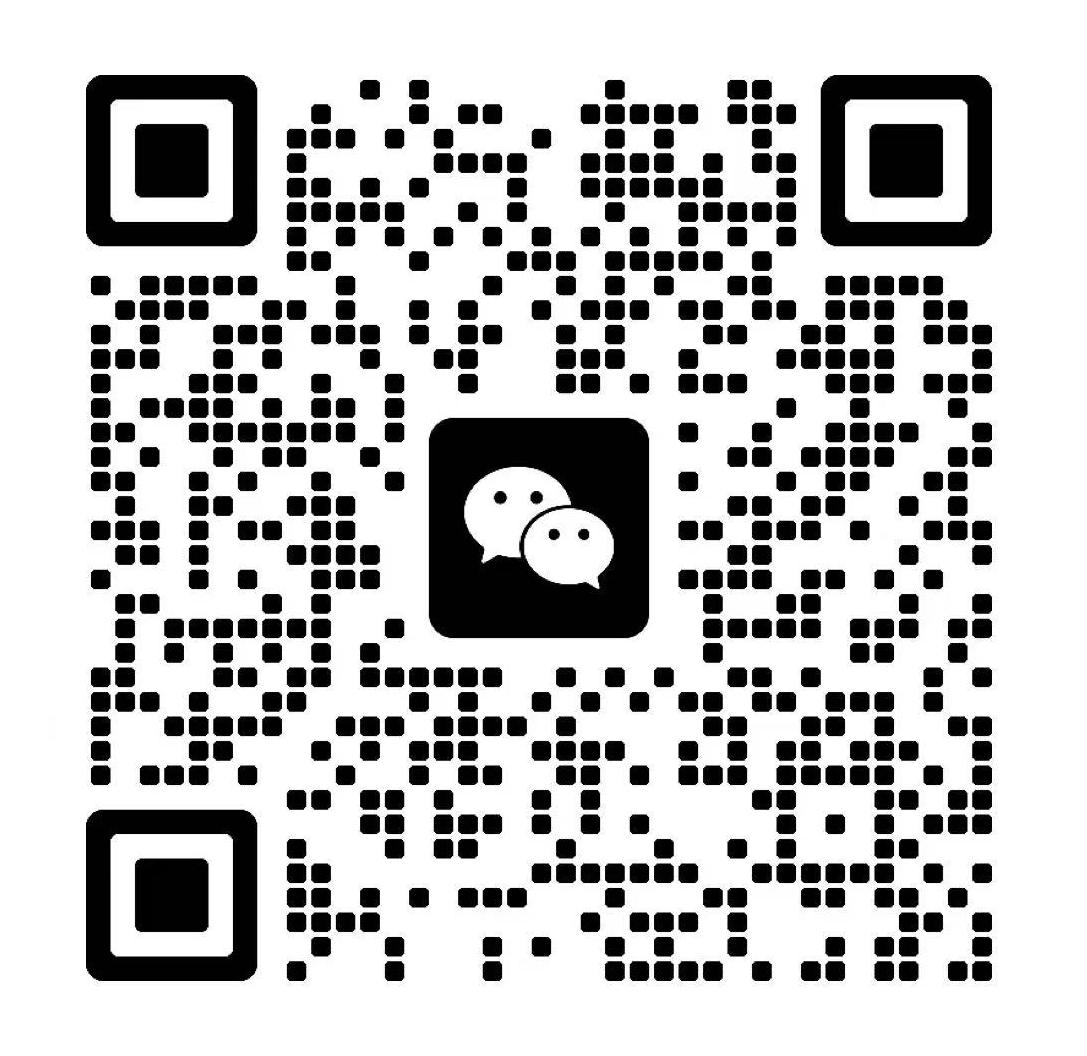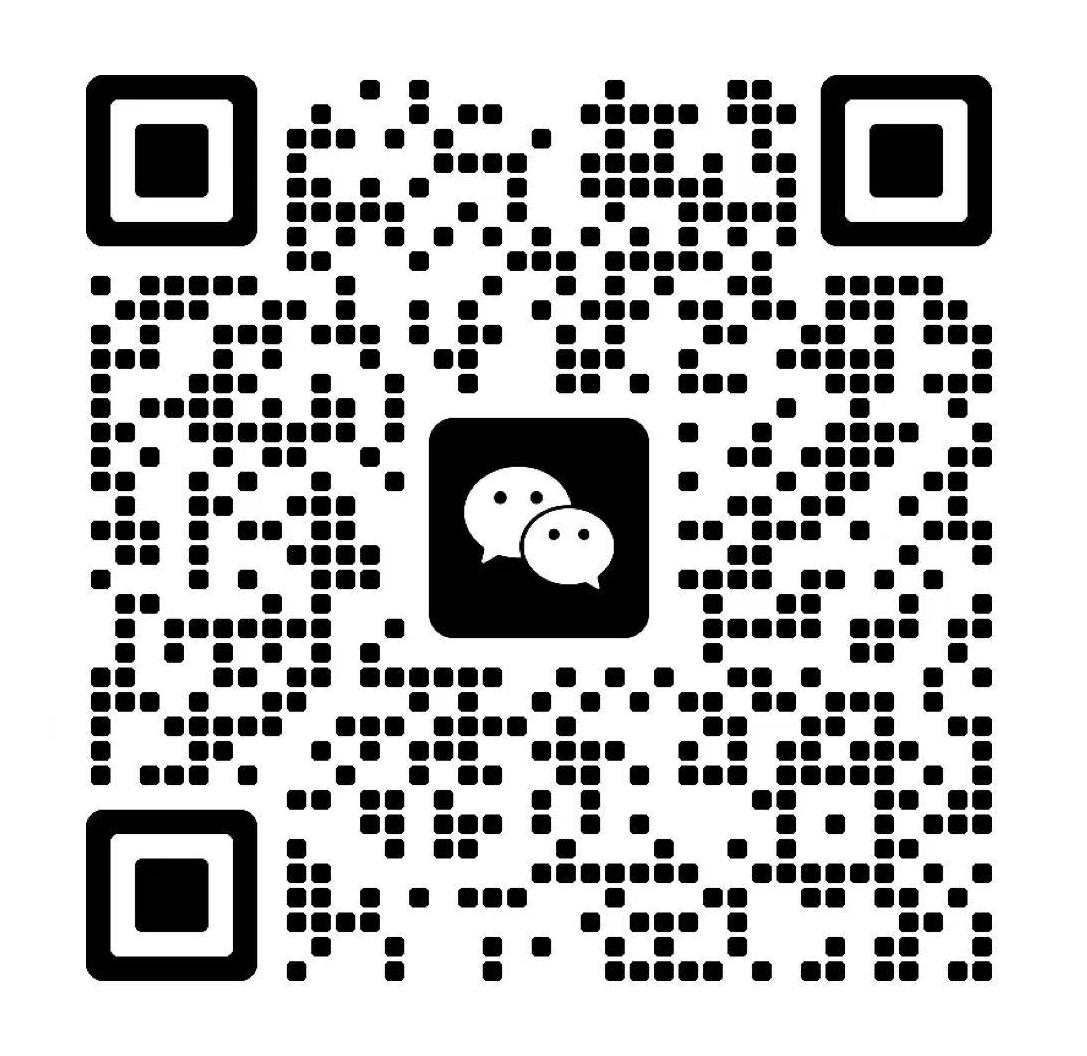What Are the Four Types of Wireless Data Transmission?
Wireless data transmission has become a cornerstone of modern communication, enabling the exchange of information without the need for physical cables. From personal devices like smartphones and laptops to industrial automation and global networking, wireless technologies facilitate data flow across varying distances, speeds, and environments. Understanding the different types of wireless data transmission is essential for selecting the right technology for specific applications. Broadly, wireless data transmission can be categorized into radio frequency (RF), microwave, infrared (IR), and satellite communication systems.

1. Radio Frequency (RF) Transmission
Radio frequency transmission is one of the most widely used forms of wireless communication. RF waves occupy a spectrum ranging from a few kilohertz (kHz) to several gigahertz (GHz) and are capable of propagating over short to moderate distances.
Key Features:
Versatility: RF transmission supports various devices, from Wi-Fi routers and Bluetooth peripherals to industrial sensors.
Non-Line-of-Sight Communication: Lower frequency RF signals can penetrate obstacles, enabling connectivity in environments with walls, buildings, or other obstructions.
Low Power Consumption: Ideal for battery-operated devices.
Moderate Bandwidth: Supports data transfer for applications like voice, text, and moderate-speed data.
Applications:
Wireless LANs (Wi-Fi) in homes and offices
Bluetooth connectivity for peripherals like keyboards, headphones, and smartwatches
Industrial automation and IoT sensor networks
RF transmission’s adaptability and reliability make it the backbone of many everyday wireless applications, especially for short-range communication.
2. Microwave Transmission
Microwave transmission employs high-frequency electromagnetic waves, typically in the 1 GHz to 300 GHz range, to transmit data over medium to long distances. Unlike RF transmission, microwaves require a clear line of sight (LOS) between the transmitting and receiving antennas.
Key Features:
High Bandwidth: Capable of supporting large amounts of data, suitable for high-speed internet, voice, and video transmission.
Directional Transmission: Uses focused antennas to minimize interference and maximize signal strength.
Longer Range: Can cover several kilometers between relay towers.
Low Latency: Provides fast communication suitable for real-time applications.
Applications:
Telecommunication backhaul networks connecting cell towers
Enterprise campus connectivity
Video surveillance and broadcasting
Microwave links are particularly effective for high-capacity, point-to-point connections in urban and industrial settings.
3. Infrared (IR) Transmission
Infrared transmission uses light waves in the infrared spectrum to transmit data. Unlike RF and microwave, IR communication is primarily line-of-sight and short-range, typically within a few meters.
Key Features:
High Data Rate Potential: Infrared can transmit data at high speeds over short distances.
Secure Transmission: Limited range and line-of-sight requirement reduce interception risks.
Low Interference: IR signals do not interfere with RF or microwave transmissions.
Applications:
Remote controls for TVs, air conditioners, and home appliances
Short-range data transfer between devices like smartphones and laptops
Medical devices and industrial automation in controlled environments
Infrared is ideal for private, localized communications where physical obstacles can be minimized.
4. Satellite Communication
Satellite communication uses orbiting satellites to relay data between ground stations across vast distances, including global coverage. Signals are transmitted from a ground station to a satellite (uplink) and then back to another ground station (downlink).
Key Features:
Global Reach: Capable of connecting remote or isolated areas without infrastructure.
Supports Various Frequencies: Common bands include C, Ku, and Ka bands, supporting different data rates and applications.
Multiple Services: Transmits voice, video, and internet data reliably over long distances.
Applications:
Internet connectivity in rural and remote areas
Television and radio broadcasting
Navigation and GPS services
Disaster recovery and emergency communications
Satellite communication is indispensable for bridging geographic barriers and maintaining connectivity in regions lacking terrestrial networks.
Comparison of Wireless Data Transmission Types
Transmission Type | Range | Data Rate | Line-of-Sight Requirement | Typical Applications |
RF | Short to moderate | Low to moderate | No | Wi-Fi, Bluetooth, IoT sensors |
Microwave | Medium to long | High | Yes | Telecom backhaul, video surveillance |
Infrared | Short | High | Yes | Remote control, device-to-device |
Satellite | Global | Medium to high | Partial | Internet in remote areas, broadcasting |
Each type of wireless data transmission offers unique advantages and is suited to specific use cases. Selecting the right technology depends on factors like distance, bandwidth, environmental conditions, and security requirements.
TuQian Wireless Data Transmission
TuQian Wireless provides cutting-edge solutions for RF, microwave, infrared, and satellite data transmission, offering reliable, high-speed connectivity across diverse environments. With advanced antennas, secure protocols, and robust design, TuQian wireless systems support applications ranging from industrial monitoring, enterprise networks, and public connectivity to remote or hard-to-reach locations. By leveraging TuQian wireless data transmission technologies, organizations can ensure efficient, secure, and scalable communication solutions tailored to modern connectivity demands.
-
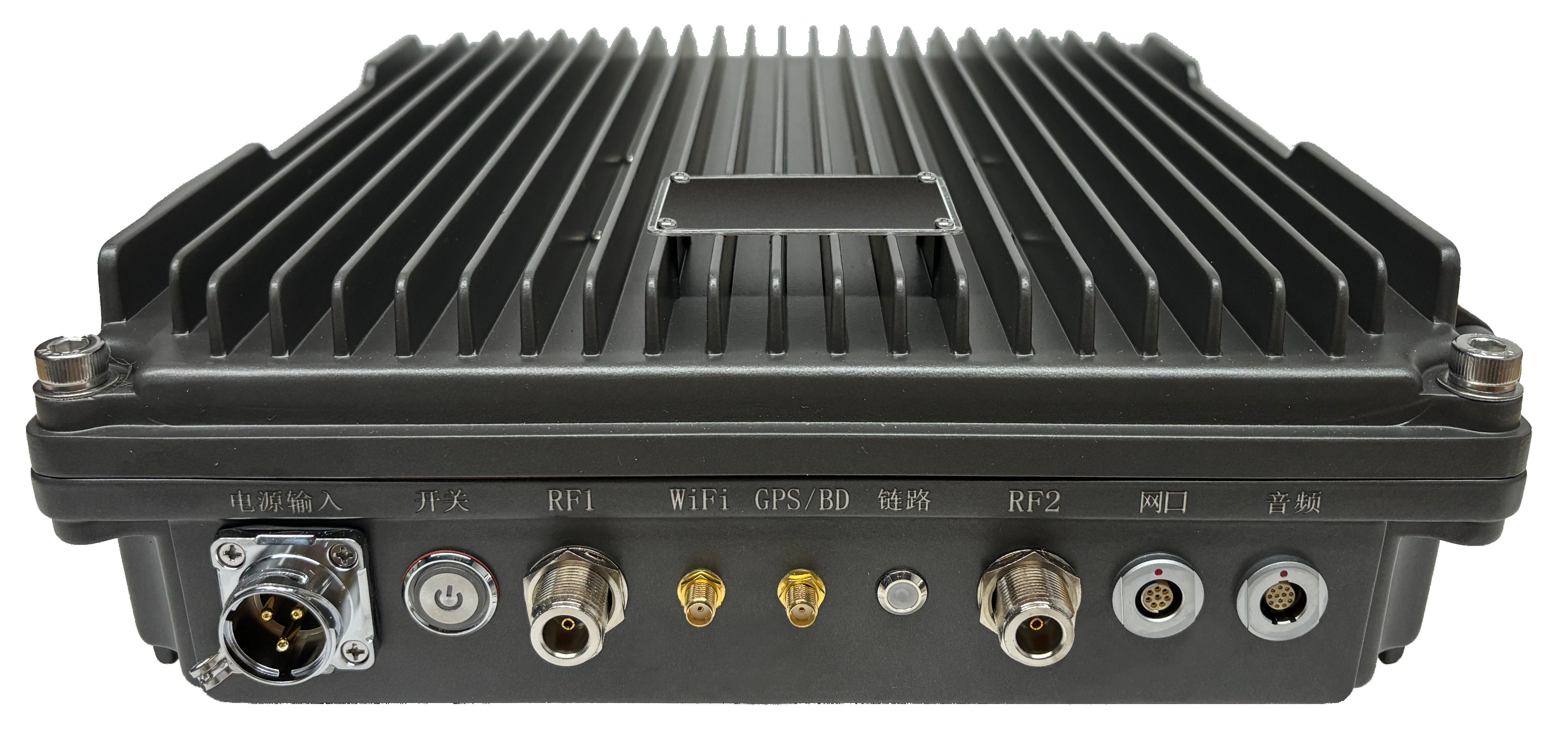 2025-10-28
2025-10-28 -

Applications of IP Mesh Radios in Military and UAV Communication
2025-10-28 -
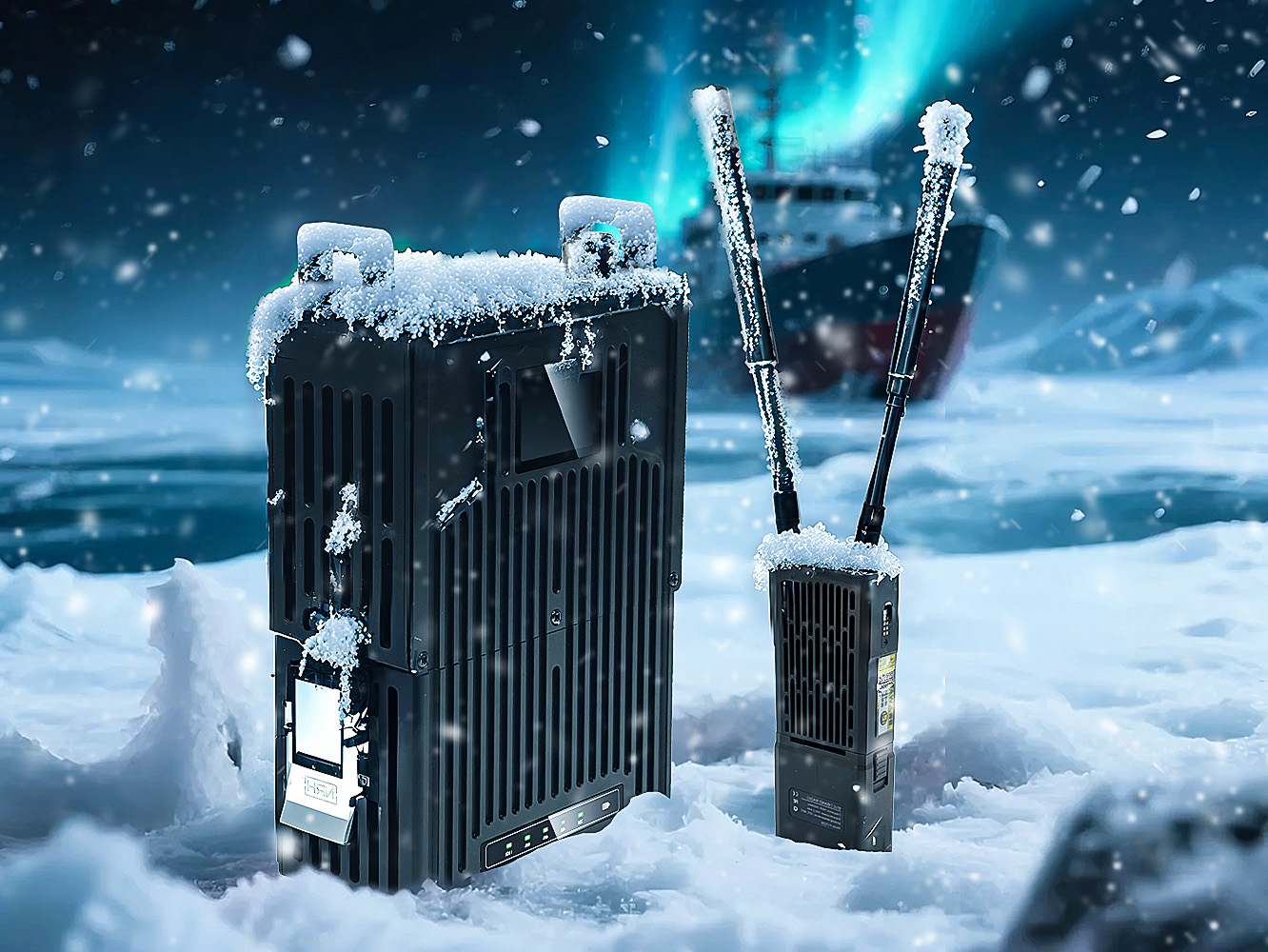
What Is Long Distance Communication and How Does It Work?
2025-10-20 -

Which Wireless Technology Is Used for Long Distance Communication?
2025-09-02 -
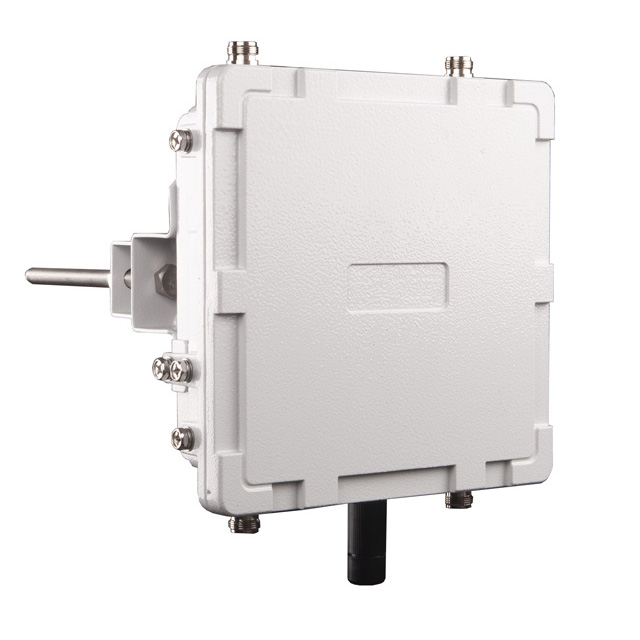
How High-Bandwidth MESH Communication Devices Ensure Stable Wireless Video Transmission
2025-08-28 -

How Does Microwave Power Transmission Work?
2025-08-18 -

What Is Microwave Transmission?
2025-07-30 -

Industrial MESH Networking Equipment Selection Guide
2025-07-18


